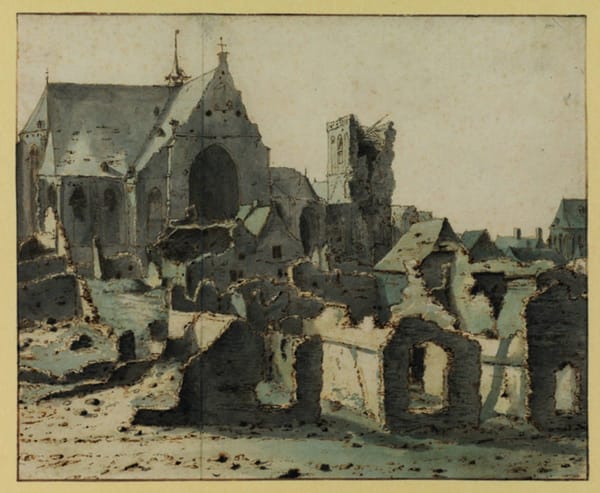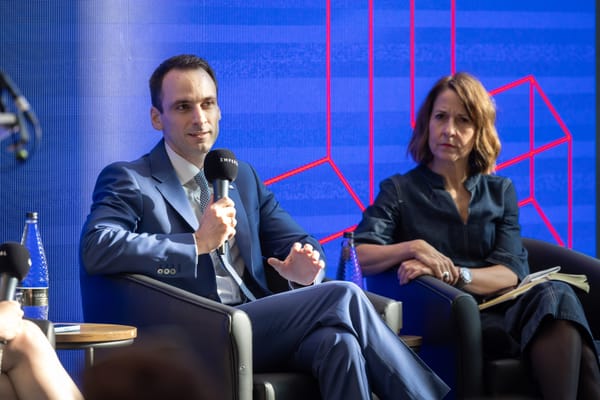Napoleon: The Power Of Political Propaganda
Fred Fyles explores the relationship between power and image at the British Museum

As George Orwell once said: “all art is propaganda”. The work of an artist cannot be separated from the social and political context in which it is formed, no matter how inoffensive it seems, and this lesson is exemplified by the British Museum’s latest exhibition. Bonaparte and the British – which should already give you an idea of the strained relationships found within – looks at the power of images during the Napoleonic wars, specifically those created by British satirists.
With artists like Steve Bell working today, and Charlie Hebdo remaining in the headlines, it is easy to forget that the true Golden Age of British satire was during the turn of the 19th Century, when cartoonists such as George Cruikshank and James Gillray took aim at every social institution existing at the time, British or otherwise. Napoleon is shrunk down to Little Boney by Cruikshank in a literal belittlement; he is made to eat dried beans, and blow the French army across the Channel with his flatus; and he is transfigured into a horrific monster, threatening the foundations of Great Britain.
But not all the works are negative; the British Museum has also made the shrewd choice to include portraits of Napoleon himself, not all of which are accurate. Most of them show the general as some form of heroic Grecian emperor, with mandatory chiseled jawline and strong brow; while I am sure that Napoleon wasn’t horrifically unattractive, these prints make it clear that sometimes winning over hearts and minds is all about looking hella fine, something that Napoleon knew and took advantage of, distributing his prints across Europe. For those wondering what the relevance of such a message is today, all you need to do is look at someone like Ed Miliband to see how image still rules the voters.
The explanatory captions are excellent, explaining precisely what is going on in each cartoon, which is useful when one considers the sheer level of detail included; each sheet is a masterpiece in miniature, with double-entendres and literary references built up layer upon layer. They are also great at giving us the historical context, which may be necessary for those not up to scratch with their Napoleonic history (guilty as charged).
What is fascinating about the exhibition is how it displays the changing way Napoleon was documented in British culture; at the beginning of the wars he is seen as noble among the British republicans; when he flees from Egypt following his defeat at the hands of Lord Nelson, he is shown as a yellow-bellied coward; as a peace deal is brokered, he begins to command respect; but when war returns, he is ruthlessly attacked, as he begins to strike fear into the hearts of many British people. The curators have said that they “are not trying to tell the truth about Napoleon, but the propaganda”; at this they have certainly succeeded, showing us the power, beauty, and genius of political propaganda.
Bonaparte & the British is on until 16th August. Free Entry.










